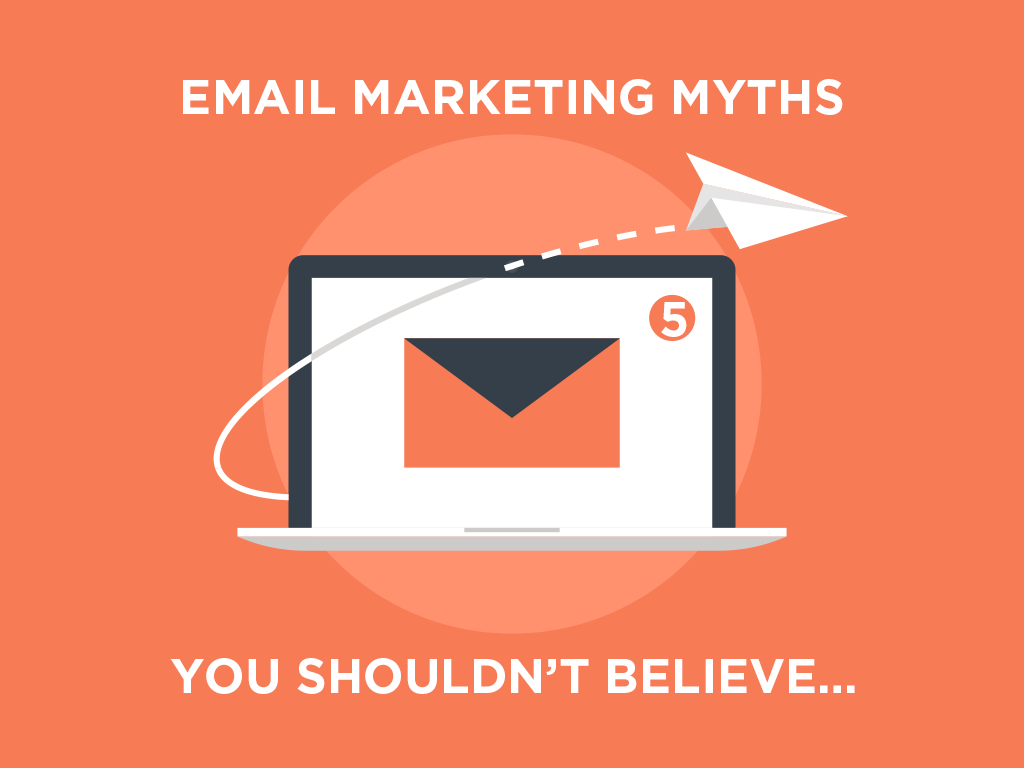Recently, a high potential team of founders invited me to be their advisor on marketing strategy. Their product is a employee transport management system based on mobile App and SaaS backend, targeted at large organizations.
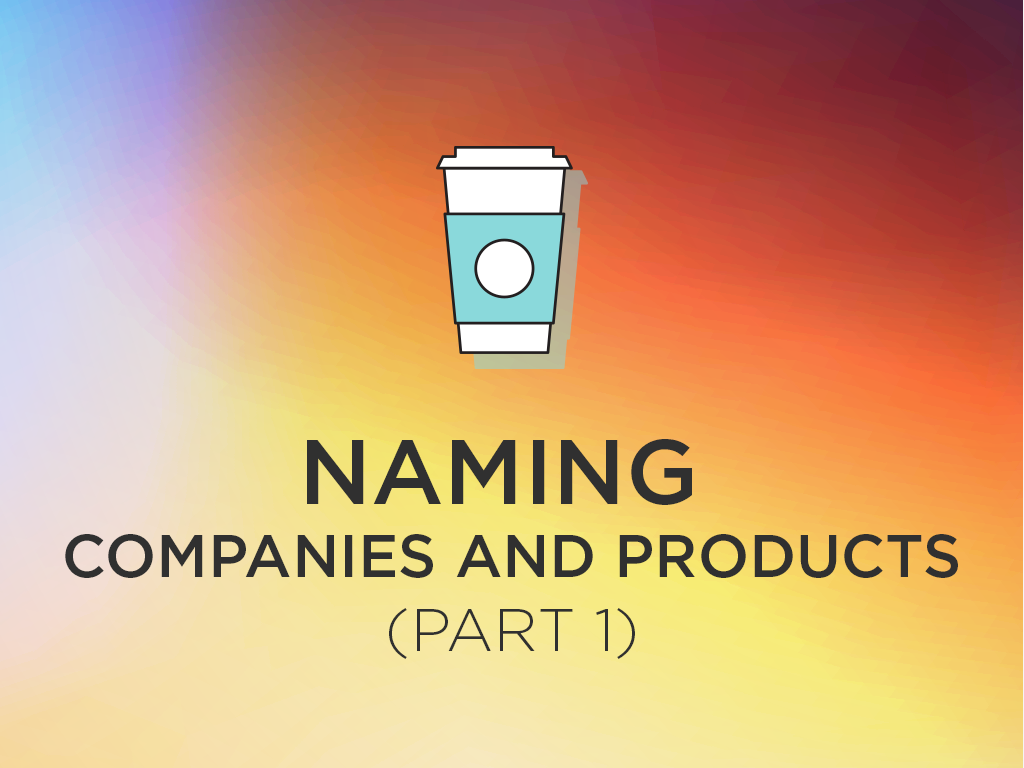
I knew finding a great name was a daunting exercise. All the “real” names in English dictionary have already been trademarked. The names from animal kingdom, astronomy, astrological signs, mythical characters, all are gone. All names suggestive of product attributes and company heritage are already taken. Globally, over a hindered thousand new names are trademarked annually. That makes it hard to find a meaningful and memorable name today.
I did couple of brainstorming sessions and took a few rides together with the founders in buses and cars at peak times hoping to catch our emotions and thoughts during the commute and a Segway to an exciting name. We asked our family and friends and their friends hoping to catch a ray of hope. We also dipped into the customer research founders had done, to find words that described customer asks and aspirations. I also swam through the Greek and Sanskrit dictionaries and literature hoping to discover some esoteric word representing ancient god, speed, motion or a fun activity. Ultimately what helped was a name generator program that could generate 200-billion+ combination of eight lettered words of which it claimed 10 billion could be pronounced in English. So if you are looking for a great name for your new business, good luck to you. Sincerely. J
It is a question every entrepreneur must answer – how do you come up with a name that clicks? The first step is to know what a good name looks like.
Is the name really very important
What’s in a name? That which we call a rose by any other name would smell as sweet. You guessed it right – this is a quote from Shakespeare. Shakespeare has been proven wrong many times over since then. For instance, ask beer and perfume makers. A name has plenty significance in the world of high tech products too. After all Facebook paid $8.5M to American Farm Bureau Federation in 2010 to acquire fb.com that was the sellers primary domain. Apple is rumored to have paid $1 million or thereabouts for iPhone.com in 2007. It is surprising Apple paid nothing for apple.com when it was registered on February 19, 1987. Well people hadn’t yet latched on to the idea of domain registration as a commercial product!
The point is not that a name has any disproportionate share in a business’s success. The number one software company of all times got a very average name in 1976 when Bill Gates chose it for his business. It was derived from MICROprocessor on which their SOFTware would run. There were a million “Micro somethings” around at that time, so this was a very poor and restrictive choice. But it did not stop the business from being a spectacular success.
The point is not that you can’t be successful with a bad name, but rather that a bad name can hurt you, and that there’s no reason to inflict this damage upon yourself when you can avoid it with only a few days’ worth of work.
After all, product or company naming is the first public act of branding. A product name contains important marketing communication components – corporate strategy, product concept and positioning. It communicates to the world outside as well as employees – “who you want to be”. So please pay some serious attention to the naming your product or company.
What makes a good name
A lot goes into making a name good.
For starters, a good name is easy to remember. That means the name is short, simple, easy to pronounce with no more than 2 to 3 syllables. Try remembering acetylsalicylic acid versus Bufferin. Names must also be pleasing to the ear. Even when reading, the mind translates the words into sounds. A name like Caress is as silky soft as the bath soap it represents. Imagine if eBay was named AuctionWeb or Google retained the original name for its search engine – BackRub! What images does Pharmeazy create? Did I hear sleazy? And how about messy is Strmesy?
Two, a good name draws attention and arouses interest. Being provocative is one way of getting attention, for example, Victoria’s Secret. Think of a website named – Thankbunny.com – who is thanking whom? Will I meet Playboy bunny in there? Its is provocative and arouses interest. Similarly, names like Simtre, Vaave, Ecareibe, QUSTN draw attention, arouse interest but are either difficult to understand or have a very difficult spelling to remember.
Three, a good name distinguishes your product from the competitors’. Do not use a name if it can be confused with another of your products or a competitor’s product? Consider the following three products: Media Extender, Media Connect and Windows Connect Now. While the names are strikingly similar, the products are completely different, and are, respectively: a device to make Xbox function as a media center; a device to deliver PC-stored content to your stereo or TV and an architecture to simplify wireless home networking. “This is a recipe for confusion.”
Four, it should convey something real about the company or the product and support the product’s positioning. Wharton professor Karl T. Ulrich terms this quality as – name should be evocative of the things it names. It should generate strong images, memories, or feelings in the mind about the product. You could express what the company does or what the key product benefits are in the name. For example, “ERPNext” clearly conveys it’s a ERP product and the “Next” signifies innovation, future and so on. On the contrary, it is clearly a bad idea to name your product Tiny ERP; no one expects that planning their business’s entire operations is a task that can be handled by a “tiny” anything. Finally, a name like “Planetsuperheroes” passes most of three tests so far except that it is perhaps a tad too long.
Five, can the name be trademarked? And even if it is, is the trademark defensible if challenged? If a word is already in use as a generic term, no amount of money spent takes it out of the generic category. Also, will the name infringe on a protected trademark? And even if you don’t think it does, are you ready to go to court and spend lots of money to prove it? The courts are tough on copycats. When Parfums International, a unit of Unilever Group, introduced Elizabeth Taylor’s Passion perfume in 1987, it was sued by Annick Goutal Inc., which made its own Passion fragrance. A New York judge ruled that Ms. Taylor’s product couldn’t be sold in 55 “first-tier” stores! In 2015, it was thought that Google infringed on BMW trademark rights by calling its new holding company Alphabet, the same name as a BMW subsidiary. Apparently they hadn’t as BMW has not filed a suit more than a year on. Closer home, Tata (Indigo car) has issued notice to Indigo airlines for name infringement. Often the trademark owner only starts making noise when the infringer has grown big and rich.
Six, if you have any plans of going global, you must check if the name translate into an inappropriate or obscene, repulsive or in anyway negative term in a foreign language? Couple of classic examples comes to mind – the Mercedes Benz China entry with a brand name Bensi that meant “rush to die.” Coors beer slogan “Turn It Loose,” when translated meant, “having diarrhea” in colloquial Spanish.
Reebok that picks up over 1000 new names every year for its products went horribly wrong in 1996 with a product name. Reebok named a $58 women’s running shoe “Incubus” after legal research found the name was not a registered trademark at the time. Unfortunately Reebok forgot to look up the dictionary. After shipping 53,000 pairs, Reebok learned from media that Incubus, according to medieval legend meant – a demon that has sex with sleeping women. The company issued apology but had to withdraw the product soon. To avoid such costly mistakes in future, Reebok hired a name consultant.
Seven, can the name be shrunk down to an inappropriate acronym? Does it lend itself to an undesirable pun? Merrill R. Chapman in his book “In Search of Stupidity” narrates an interesting incidence of a company selling accounting software. This company once introduced a reseller program whose name shrank to “CPR,” a most unfortunate name when selling to a market consisting of middle-aged sedentary males who are wondering if a major chestburster is in their future.
Eight, names should ideally be timeless – be able to survive the life of a product or a company. You must decide how long term are you thinking. For example 20th Century Fox is kind of a misnomer in the 21st Century. Kentucky Fried Chicken had to rename to KFC when going global. But Yahoo!, Google, Oracle or ERPNext are timeless names. So many companies had to make a costly change of their names after they became big or decided to go global.
Nine, a lesser consideration for the name should be how it would work on T-shirts, coffee mugs, bumper sticker and other marketing collateral.
Last but not the least, the name should be available as a domain for your website. You must own the domain name associated with your product, brand, or company name. This means that if your name is JohnDoe, you must own johndoe.com.
Not johndoe.net, not myjohndoe.com, not johndoe-xxx.xxx and not johndoe.in. Being in India, you must grab .in name but always try to reserve .com domain. In some cases you can acquire a domain name that has been registered by someone else. But, honestly, this is rare for smaller companies. Maybe Apple can acquire iPhone.com for a million dollars. But, in most cases, you can’t do that. As a result, you are probably going to have to create a name that is fully available. In plain terms, you should only consider names that are either available for registration or that you are confident you can acquire for a reasonable price.
Rarely will a name do all these things equally well. For example, Amazon is a great name and does almost all these things, but does it generate strong images of online retail – hell, No. Similarly the word Starbucks by itself does not mean coffee. Should Jeff Bezos have called his company booksonline.com? No. Bezos had big ambitions for Internet retailing and it was right for him to pick a more general name with interesting and positive associations than to perfectly align his company name with his initial product strategy. The name Amazon has even allowed the company to extend its service offerings to information technology infrastructure.
With time and investment of marketing resources, a name can acquire meaning and associations, and usually grows in attractiveness. After all Starbucks did not mean coffee or generated any image of coffee but over the years it has become synonymous with coffee.
So much for now. If I happen to see some posts below I would publish part 2 that will cover naming process and some specific guidelines for naming in tech industry. I have taken liberty to comment on some of the existing product or company names. Those views are entirely mine.


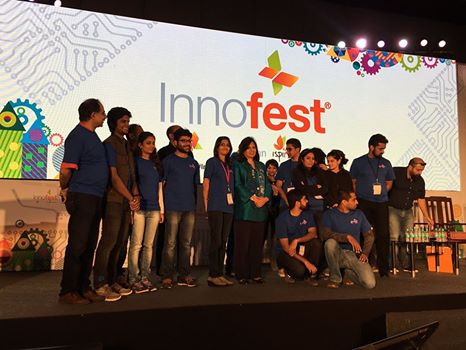

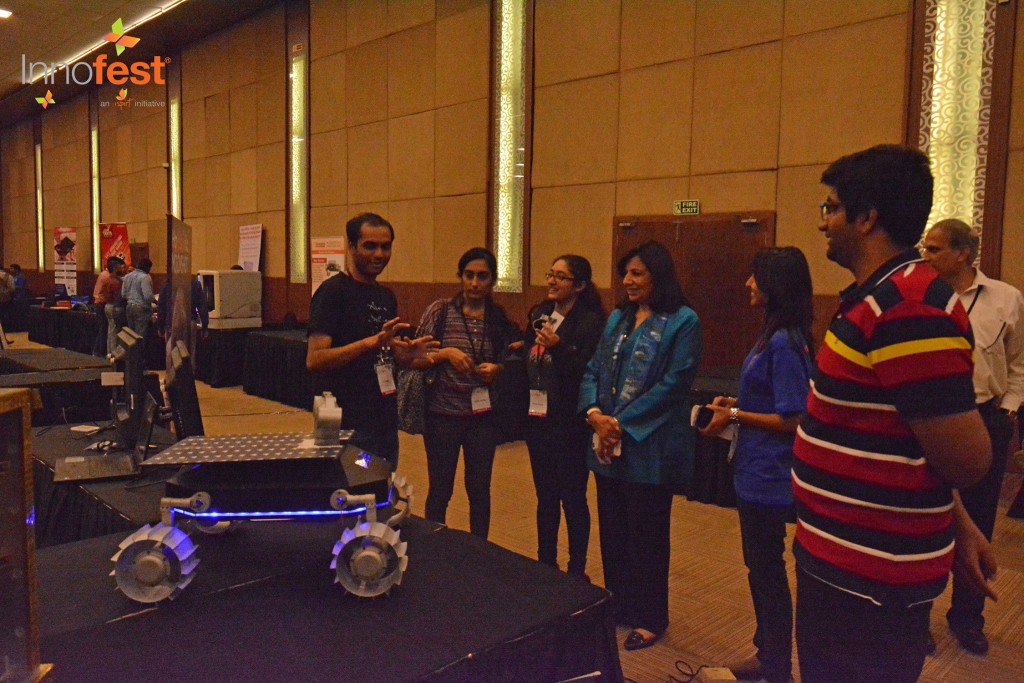

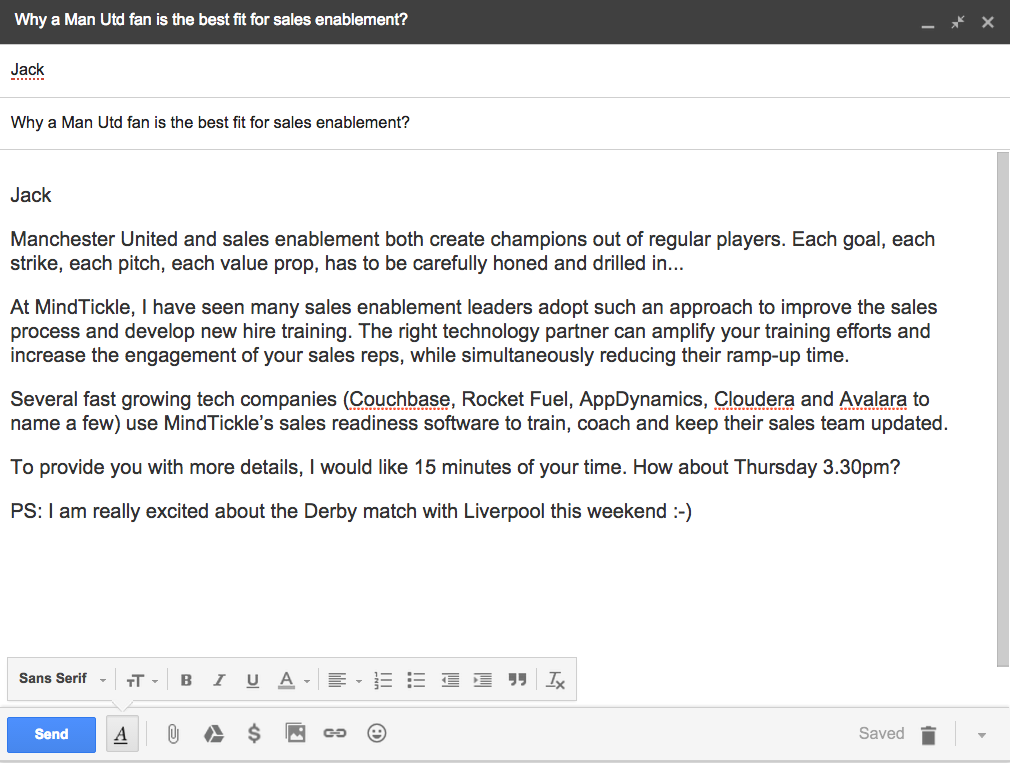

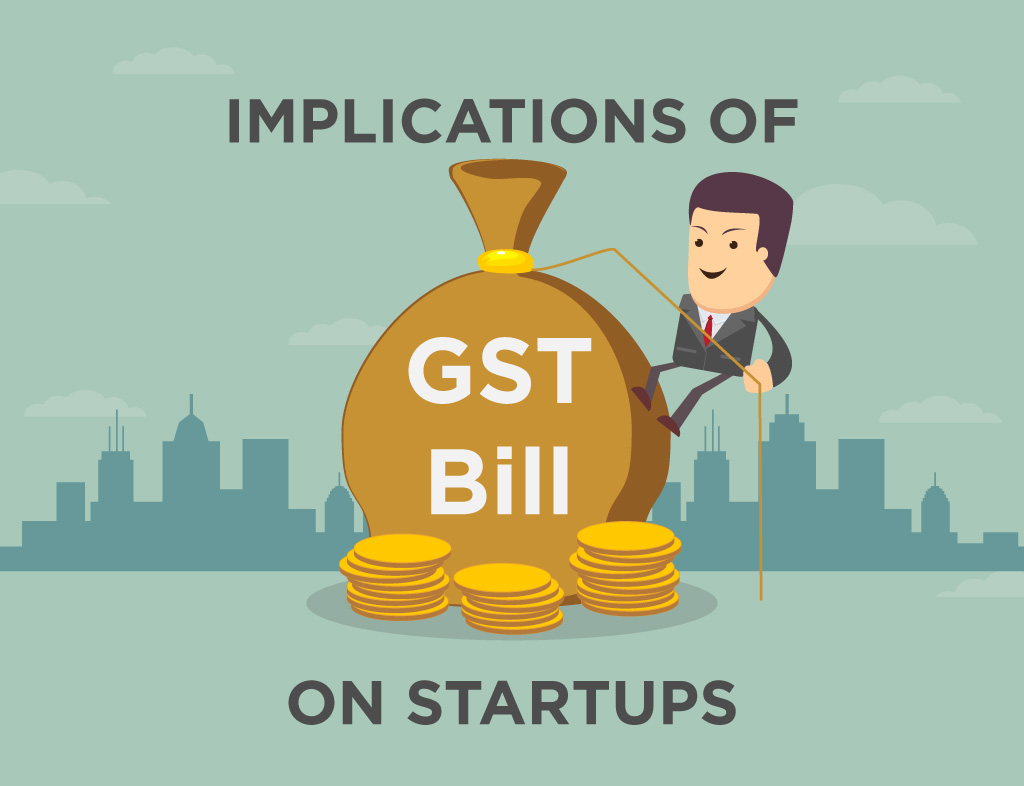
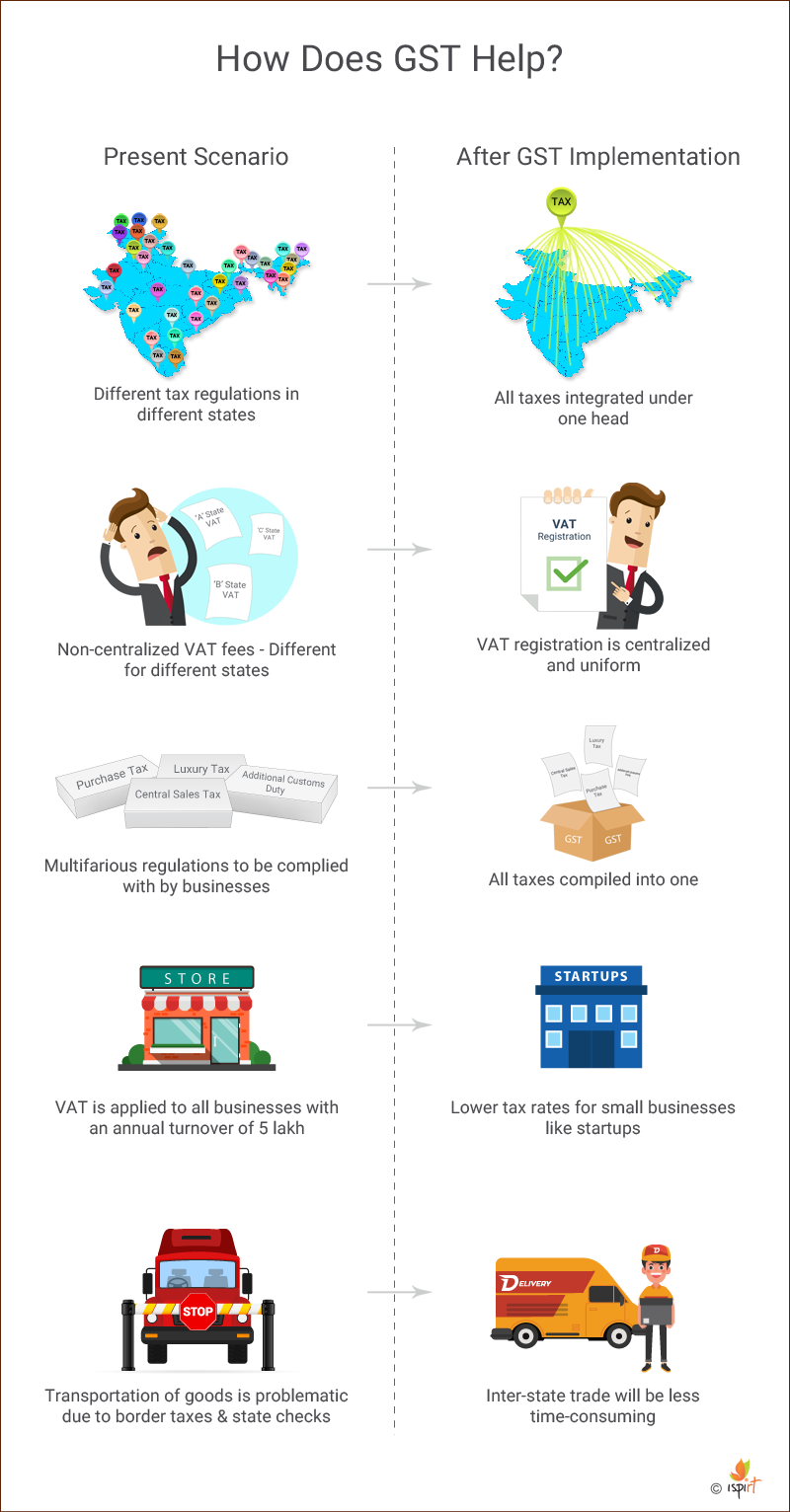

 Vinay Nathan of Altizon talks about application of effectuation in his company and how it made him do more with less.
Vinay Nathan of Altizon talks about application of effectuation in his company and how it made him do more with less.